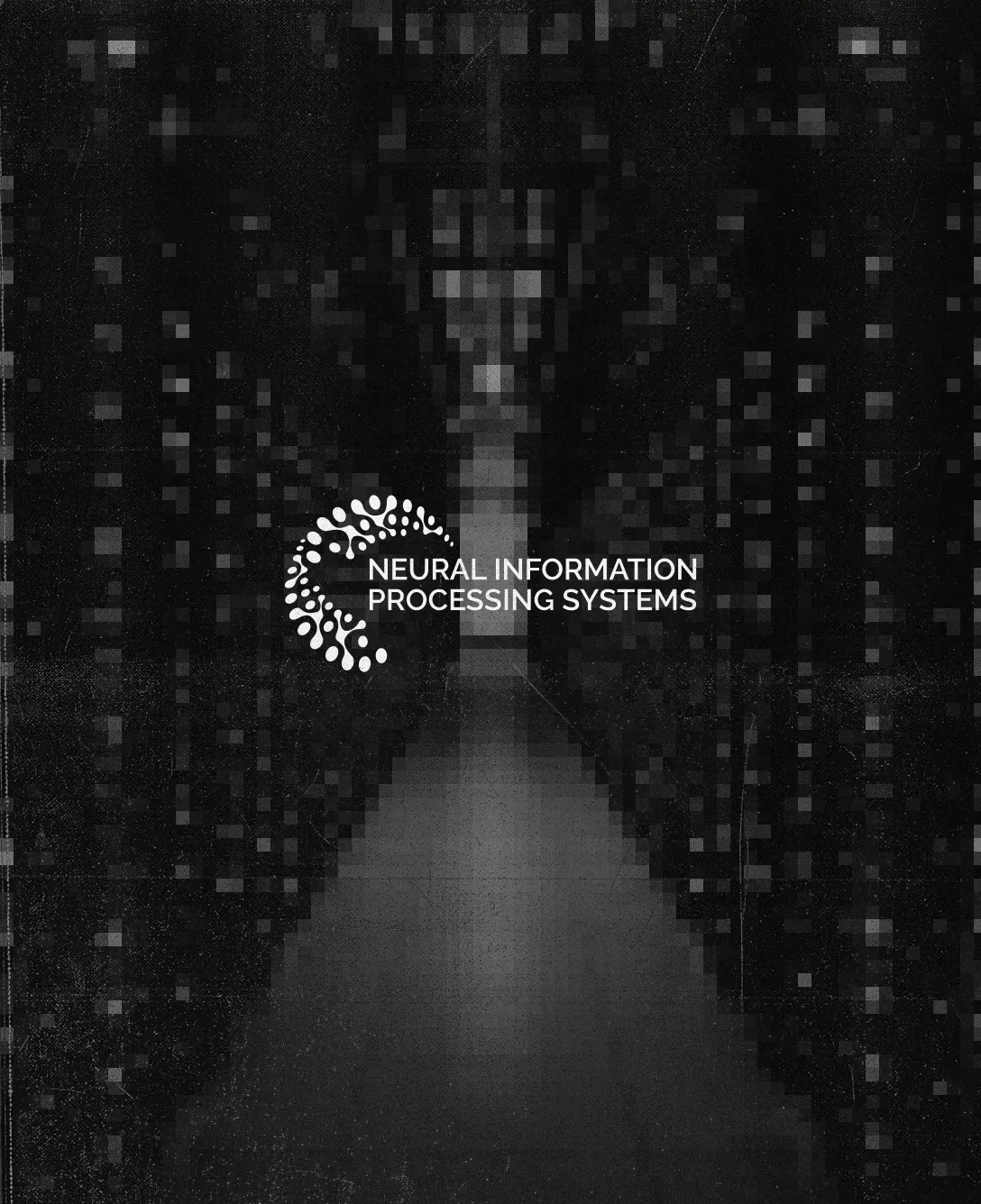
SAFEs vs equity: pros and cons
Many founders face the decision of whether to raise their first round of financing via a SAFE or an equity (i.e. stock) round. Here, we’ve laid out some pros and cons of each approach to help you think through the choice. You can also find an overview of SAFE financings.
SAFEs / Convertible Notes
Pros:
- Faster time to closing (~1-2 weeks), and requires less founder time/attention.
- Lower legal fees.
- Punts on almost all governance and investor rights, so you can wait to make some decisions and wait to give investors full rights – but this is also a con (see below).
- Can potentially keep the company’s 409A fair market valuation (and ergo option exercise price) lowe;, but often still impacts the 409A just like a priced round would (especially if you raise a lot of money in the round).
- More well-suited to smaller raises (>$1-2M) and true angel/syndicate raises without a lead investor.
- Flexible (i.e. can do “rolling closings” over a period of time instead of everyone closing at once; but, this is also true for equity rounds).
- Fewer documents = investors in later closings can review the documentation and sign/wire more quickly.
Cons:
- Uncertainty about what your cap table* actually looks like, since you don’t know how many shares / how much ownership the SAFEs will convert into. Founders are often surprised what their cap table looks like once SAFEs convert. But, you can mostly avoid this surprise with enough thoughtfulness and round modeling before closing the SAFE round; ask your lawyers for a sample model that allows you to play around with what your company ownership will look like once the SAFEs convert in connection with a future equity round.
- None of the docs drafted for a SAFE round can be reused for future equity financings; the first equity financing you raise will require an entirely different set of docs.
- As we mentioned above, SAFEs punt on most governance and investor rights until the first equity round, at which point the lead investor will likely have a bigger check size and therefore more leverage and requirements punting on these rights in an early SAFE round, you lose the opportunity to set doc precedent with your earliest investors whose interests may be more aligned with yours than later investors’ might be.
- Harder to attract investors. Investors are sometimes wary of SAFEs because: (1) they have no maturity date, so they theoretically could remain outstanding “in limbo” forever (but doing a Convertible Note instead of a SAFE solves this problem), (2) investors don’t get many rights, and (3) the ownership they get in exchange for their $$ is uncertain/unmeasurable.
- A large $$ amount of outstanding SAFEs can scare away future equity investors.
- Investors may be less likely to leverage their portfolio services team and other expertise and time for you.
Equity (aka Preferred Stock)
Pros:
- Details governance and investor rights (which later investors will have to largely follow/inherit).
- Allows you to set the terms early and have more leverage if/when future investors ask for special treatment.
- The docs for this financing will be the basis for all future financings.
- 100% certainty for founders and investors re: what cap table and ownership looks like.
- In early rounds, usually results in investors receiving Qualified Small Business Stock treatment on their shares (aka “QSBS”; very advantageous tax treatment). This is very important to most U.S.-based investors.
- Easier to attract investors for the above reasons.
- Forces you to “get your ducks in a row” (e.g. documentation, solid corporate structure and cap table) earlier, and uncovers any issues earlier. This could also be a con, depending on your perspective! But it’s usually cheaper and easier to uncover issues earlier.
- Also flexible enough to allow “rolling closings” like SAFEs.
- More potential buzz / PR opportunity; sometimes more impressive optics.
- Investors are more likely to leverage their portfolio services and time/expertise for you.
Cons:
- Takes longer to close (~4 weeks) and requires more founder time/attention.
- Higher legal fees.
- More paperwork = it might take longer for any additional investors in later rolling closings to review and sign/wire.
- More likely to impact 409A FMV and therefore raise option exercise price.
*NOTE: Your "cap table" is the list of everyone who holds stock or other ownership in your company. It's usually an Excel model that shows all stockholders' (and optionholders') names, share amounts (and types of share), and ownership percentages.
Disclaimer: The content provided in the Amplify Legal Hub is intended for informational purposes only and should not be construed as legal advice. Always consult a qualified legal professional for advice tailored to your specific situation.



